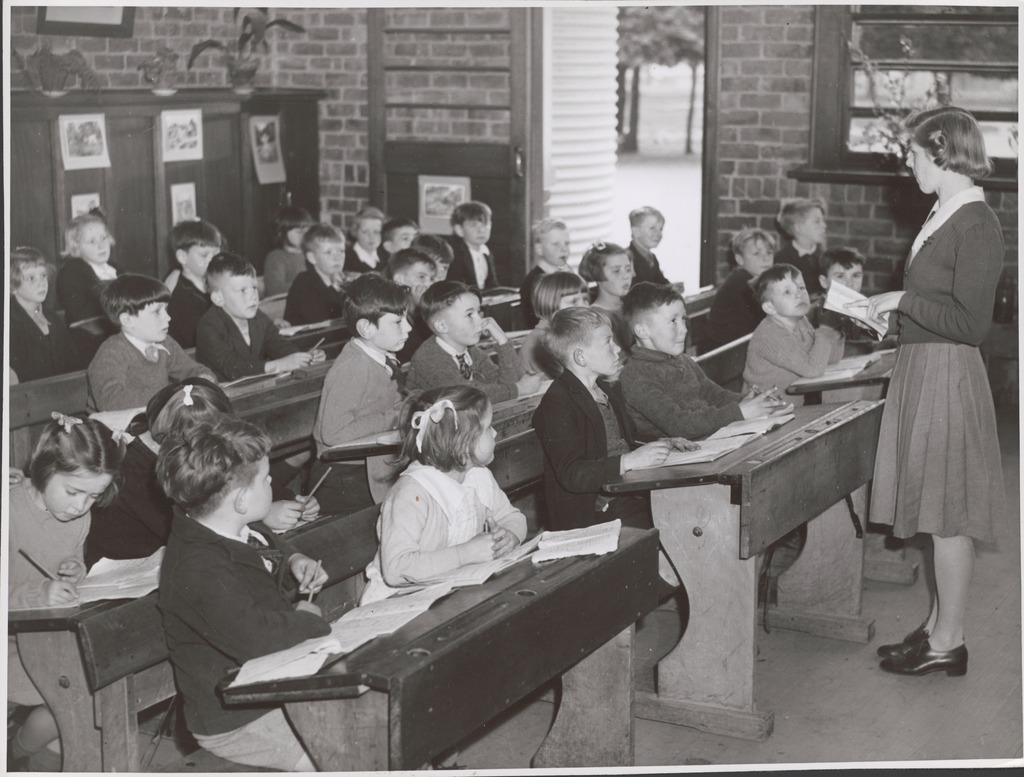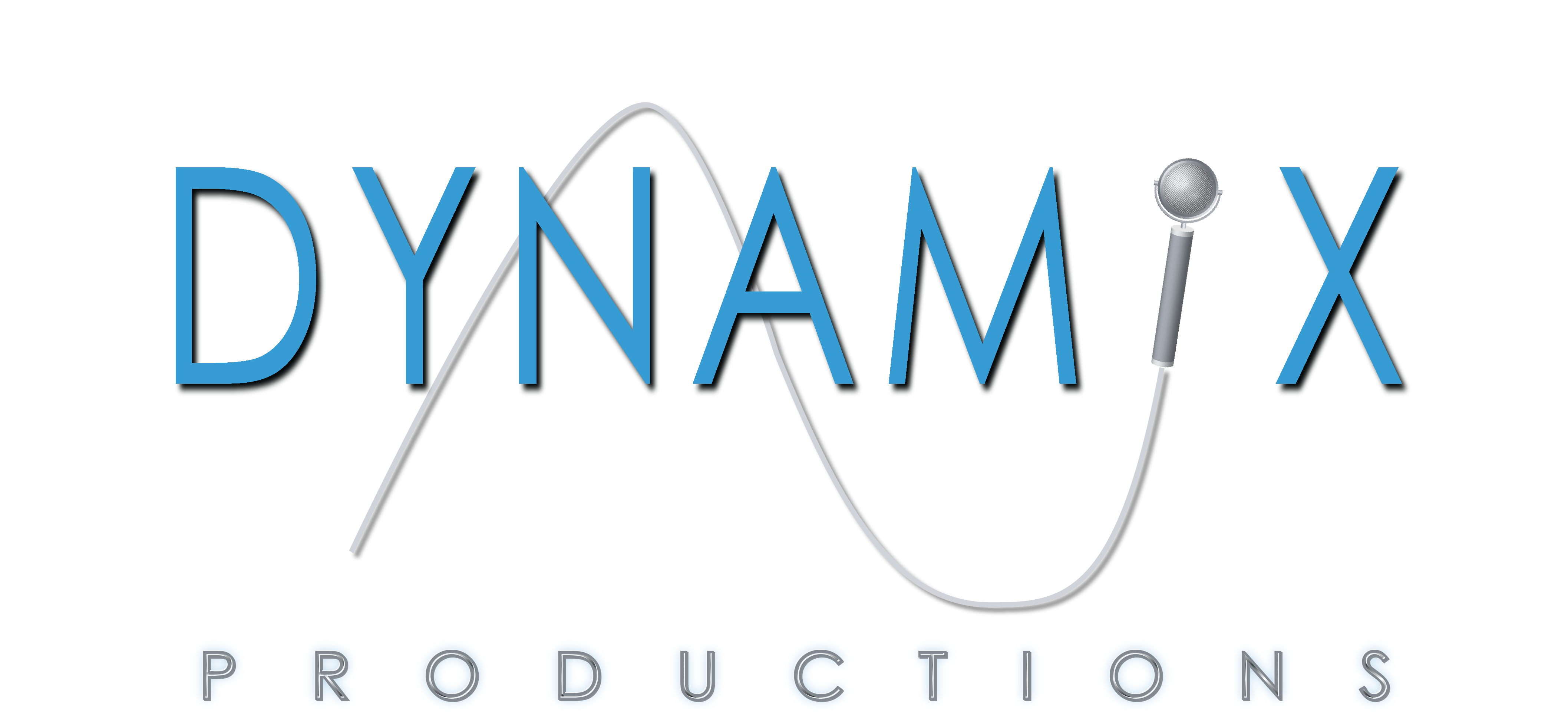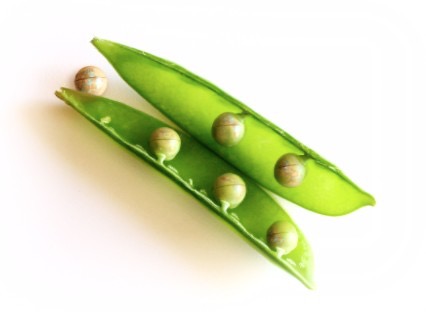

- © 2003 - 2025 Dynamix Productions, Inc. Contact Us 0



"Podcasting - I swear to you - on its worst day, the podcasts are better than our best films. Because they're more imaginative, and there's no artifice, and it's far more real."
Kevin Smith
Modern podcasting has now been around since about 2005. The roots go back much further, into the 1980's in fact. The idea of subscribing to an internet-delivered audio service dates to the early 1990's. But it wasn't until portable devices, such as the iPod, came onto the scene that it really took off. History shows that portability drives popularity – the battery-operated radio, the portable record player, the audio cassette, and the funky 8-track. I remember the iPod being described as a digital "Walkman," even though poor Sony already had moved beyond the cassette into portable digital players.
A decade ago, journalist Tom Martin and I started doing podcasts together with local business and government leaders. For about the next 5 or 6 years, we had to explain what a podcast was to most of the guests. Now I would venture to guess most of those guests are regular listeners of podcasts. The freedom of listening anytime anywhere isn't the only freedom associated with podcasts. It's freedom of speech. It's still unregulated by the FCC, and let's hope it stays that way. I wrote about this in 2007 in The Golden Years of the Podcast.
One of the other things I wrote about was good audio quality, or lack thereof. Most podcasts at that time were "home made," and that meant podcasters were forced to use the cheap pencil mic that came with their PCs. But that's okay, early westward pioneers' wagons had precarious wooden-spoked wheels. And just as the west was won by railways, podcasts were catapulted by good production. Now, the most popular podcasts are professionally produced with good mics and slick intros. The content is also better organized and more interesting; the hosts are actually engaging their audience one-on-one; and any advertising sounds more spontaneous and targeted.
Hmm...kind of sounds like good radio – really good radio.
Who's listening? Forty-six million (17%) of Americans 12-or-older are listening to podcasts at least once a month. In 2008 there were 24 million listeners (9%). These listeners are affluent and educated, avid social media users, and prefer the internet over traditional news services for information. This is too large of an audience for businesses to ignore.
How do businesses use a podcast to reach their customers? Sponsoring one is a very popular way. Like traditional advertising, a narrow target is preferred. For instance, if you manufacture digital camera accessories, you would look to sponsor photography podcasts. Producing your own podcast can also be effective - if it's informative, engaging, and fun to listen to. Since most of these listeners are savvy, you can't just blindly produce a big long commercial. You can present your brand in a positive way by producing podcasts that help customers understand how to use your product or service. In other words, it must be relevant.
Your podcast must also sound good. Just like anything on radio or TV, if it sounds bad, your company may be perceived as cheap and unprofessional. Consider a quiet environment to record in using high-quality microphones. Compare the audio levels of popular podcasts with yours to achieve a good mix. Of course, (here comes a plug) Dynamix or another pro recording studio can record, edit and master your podcasts for a truly professional sound.
As both a podcast producer and a listener, I can offer some advice if you decide to venture into producing your own podcasts.
1. Don't make it sound like a radio show. It's okay to have intros, outros, and commercials. But it should feel loose and spontaneous. Radio shows, because they run in time slots, can feel truncated and rushed. A podcast lets you dig deep into a subject.
2. Update regularly. One podcast every 9 months or so will lose listeners. Try to stick to a reasonable schedule. Once a month or bi-weekly are common. Unless you have the resources to crank out content more often, don't.
3. Make your podcast a reasonable length. One person talking the entire time can wear a listener out in no time. Conversely, many people at one time will also wear thin quickly. Shoot for 10-20 minutes for one person; 15-45 minutes for two people; and 30-60 minutes for a podcast that contains other elements such as music, pre-produced segments, and performances.
4. Engage your listener one-to-one. Podcasts are listened to one at a time, so talk to that one listener, not an arena of people. Don't do inside jokes or comments that leave the listener on the outside. Your listener is the most important person in the world.
5. Plan your podcast and schedule. Even if it's a simple hand scribbled outline, go down your list you prepared. Also, sit down and plan out your next 5-10 podcasts. The 10th podcast down the line can just be an idea, but your next podcast should be thought out already. This way you can tease it, encouraging your listeners to download the next one.
6. Have fun! This should not be drudgery, the listeners will hear it. Even if it's a serious subject, your intent should be to share your thoughts and knowledge.
Here are some links of interest:
Edison Research
Excellent article in the Lexington Herald-Leader
New York Times' article